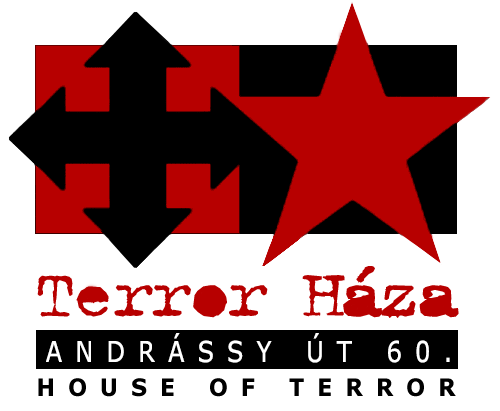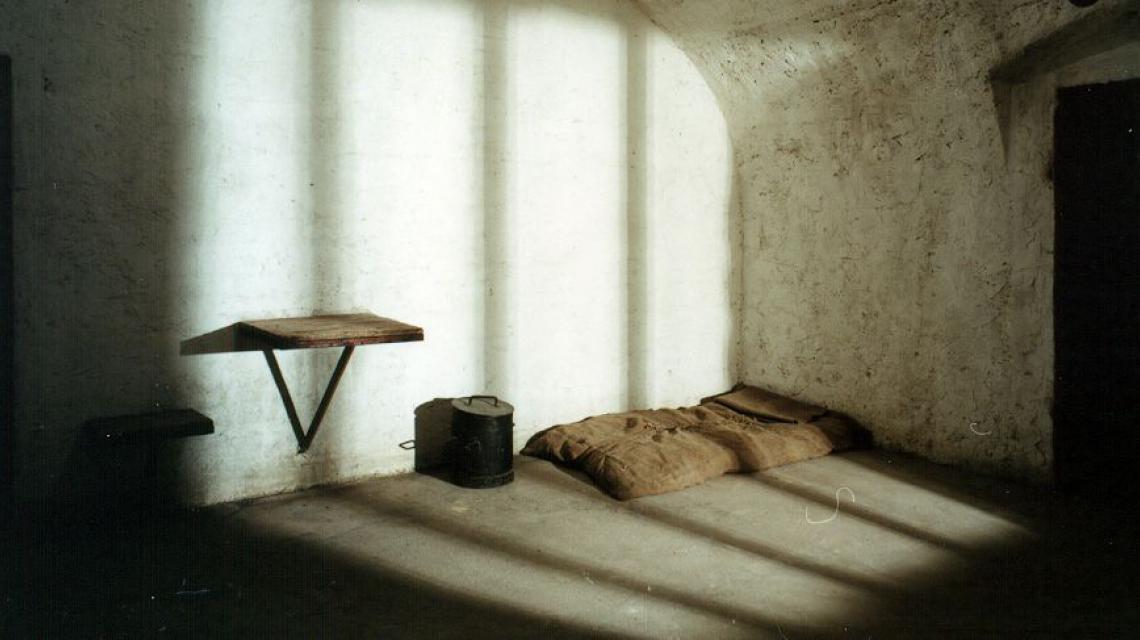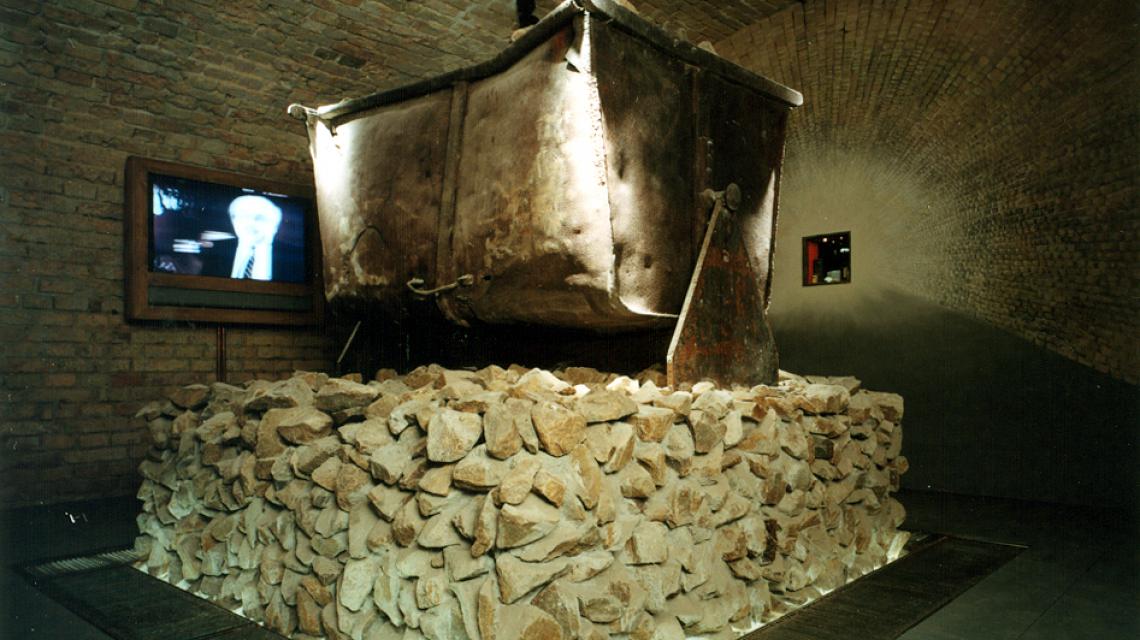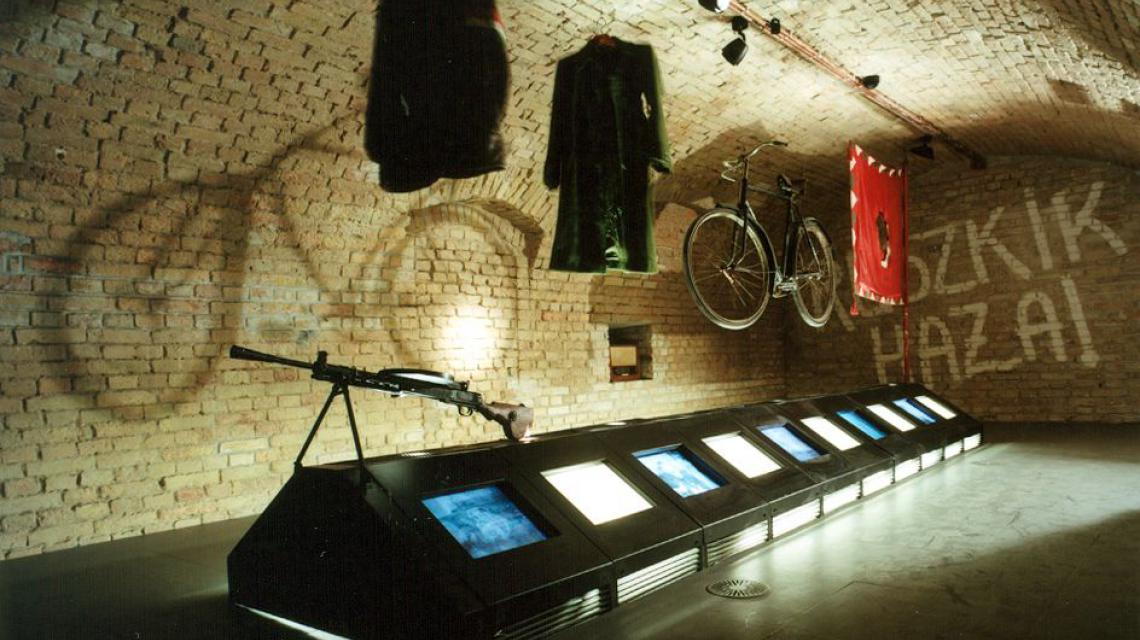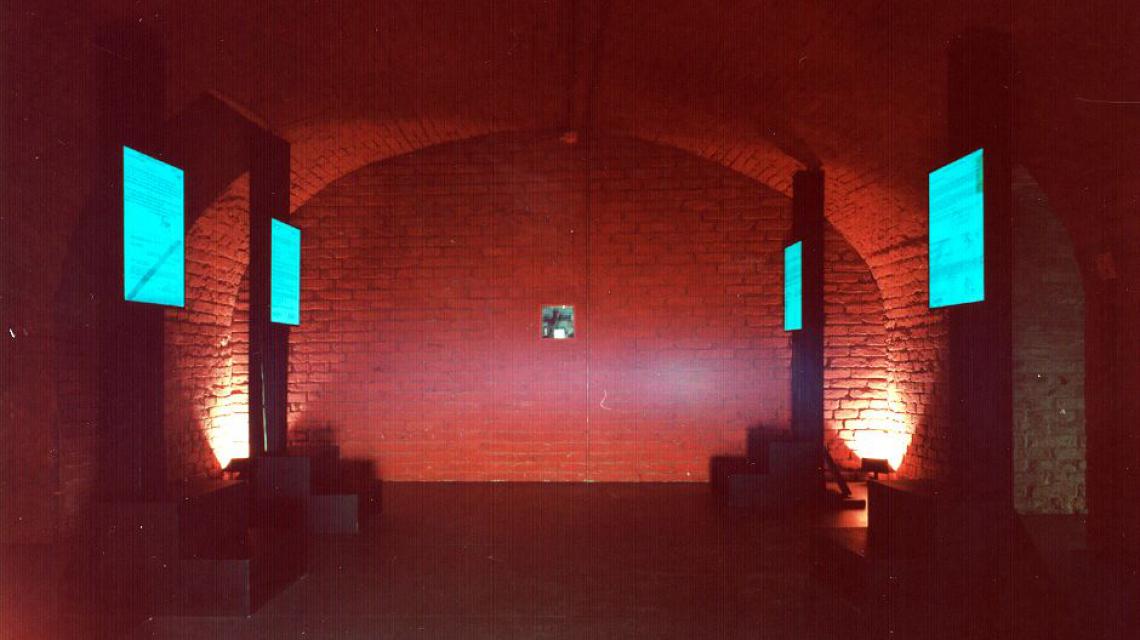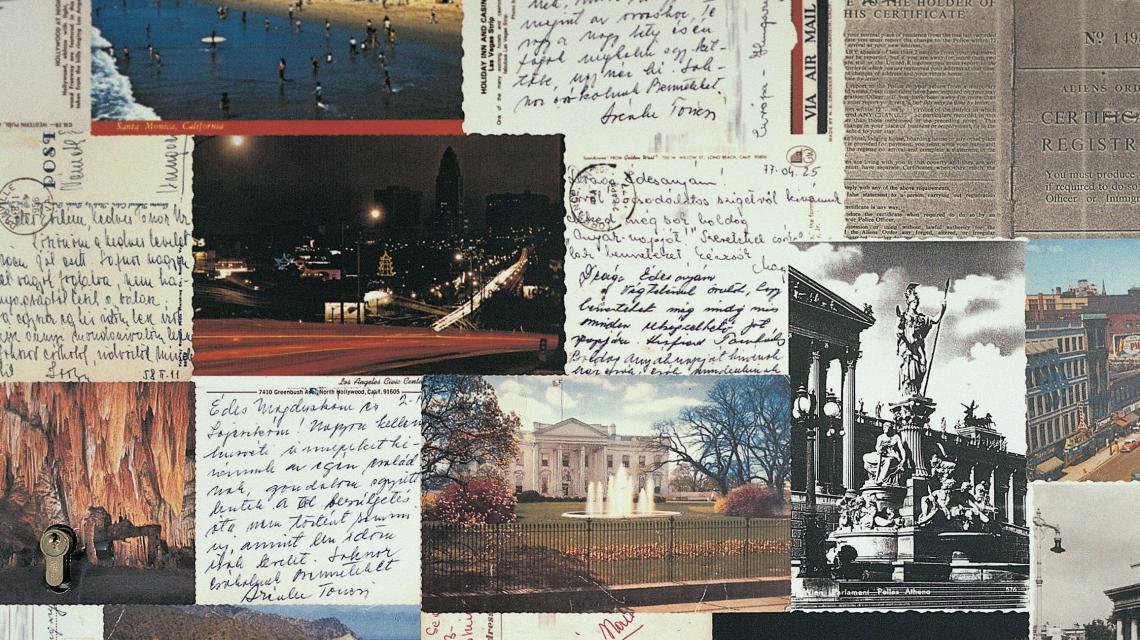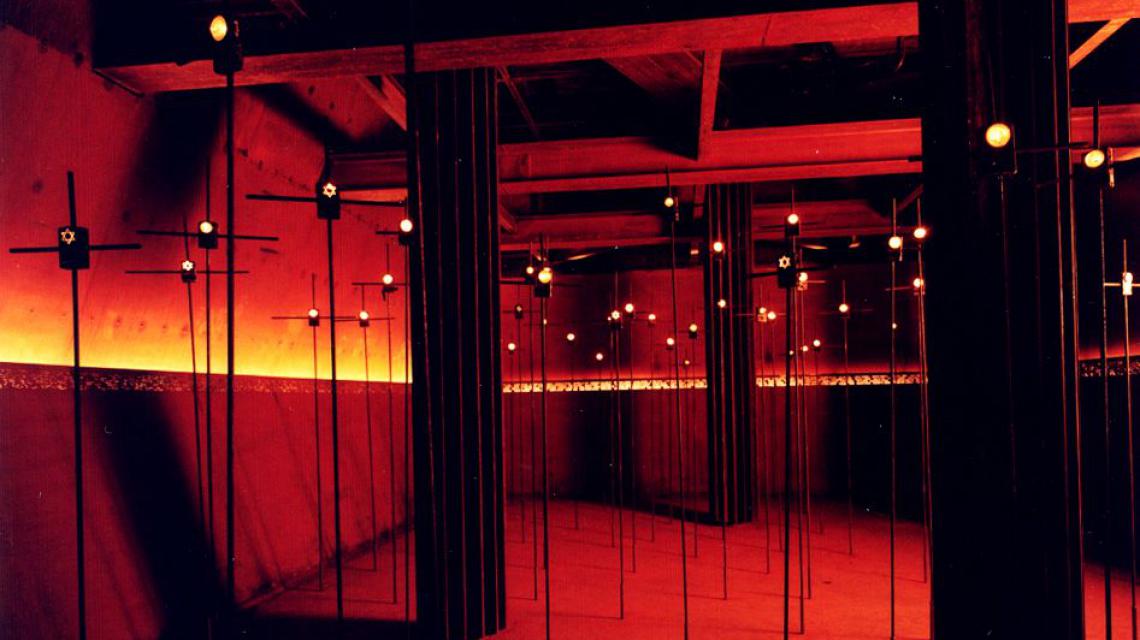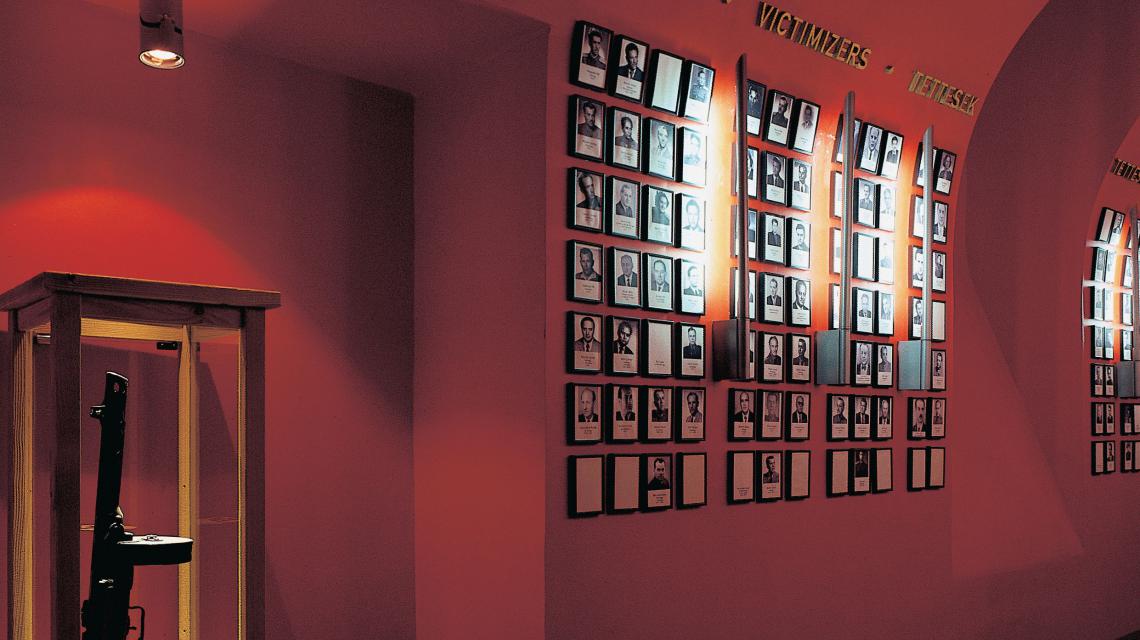The political police set up internment camps at Recsk, Kistarcsa, Tiszalök and Kazincbarcika, and dozens of closed camps operated in the eastern part of the country. A miners' car and rocks from Recsk are displayed in the hall, as well as keepsakes made in the camp (a cigarette lighter, glasses, a cross, a cigarette-box, "news" written onto cigarette paper). Film clips can be seen and heard, presenting the recollections of former internees.
“The ÁVH brought to justice a whole series of pestilent gangs bent on ruining the country.”
Szabad Nép (Free People), the dictatorship’s daily newspaper, 1950
After 1945 those branded “class aliens” – the aristocracy and the bourgeoisie – were declared by the communist regime to be undesirable elements, as were the leaders of Hungarian political and church life, officials, military and gendarme officers from between the two wars. No prior investigation was necessary for their collective persecution, and most of them were interned without explanation; more than 40,000 of them were rounded up for deportation to closed camps surrounded by barbed wire. The most notorious of these internment camps were in Recske, Kistarcsa, Tiszalök and Kazincbarcika.
The prisoners were held in inhuman conditions, and those who were physically able were forced to work on building roads and mining coal and ore. Although the camps were gradually decommissioned from 1953 onwards, many of the prisoners were only released from ÁVH captivity after 1956.

